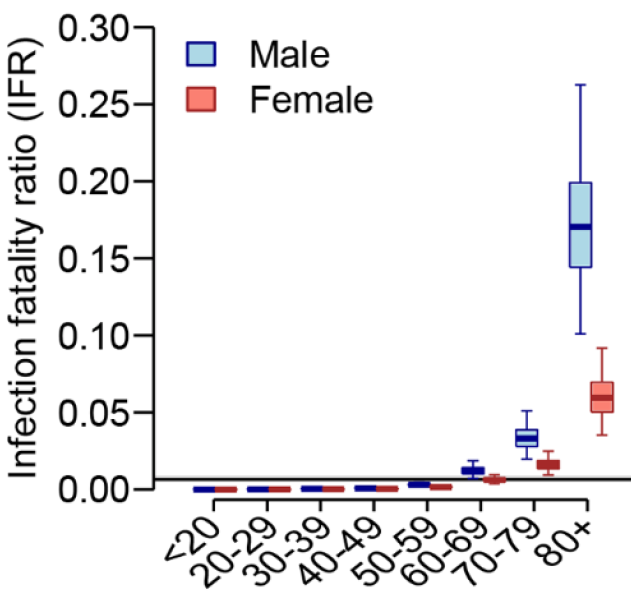Here's how NOT to do a serosurvey unless you are trying to rig the data:
Overlapping datasets so not independent estimates but diff team so slightly reassuring IFR is similar.
www1.nyc.gov/site/doh/covid…
See also:
Fig for China pop (redrawn from doi.org/10.1016/S1473-…)
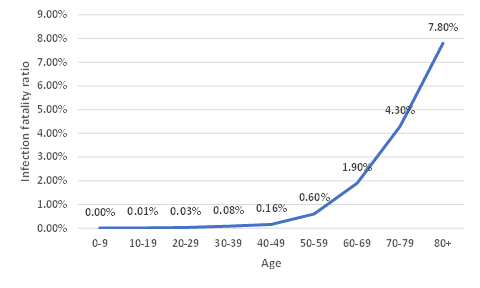
(Note IFRs for youngest 2 age classes are zero based on no deaths in data, but priors from Bayesian analysis increase them slightly above 0.)
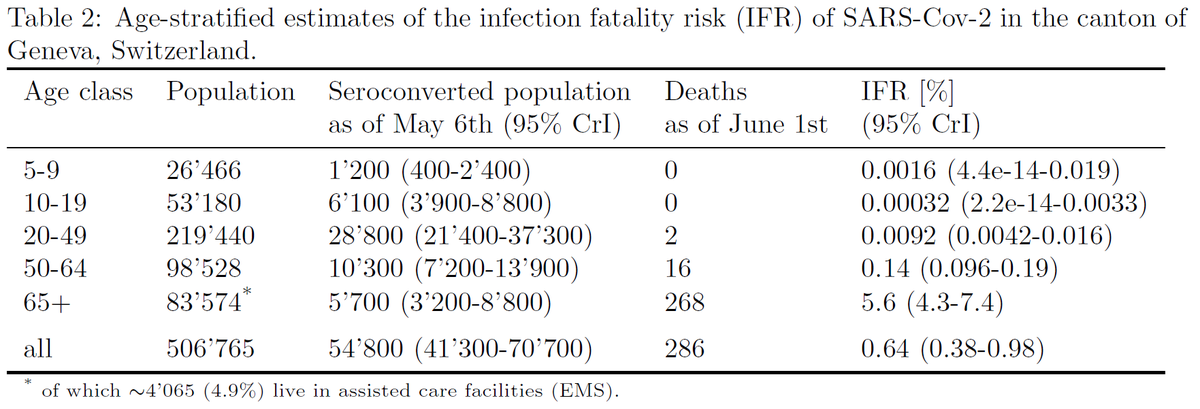
science.sciencemag.org/content/368/64…
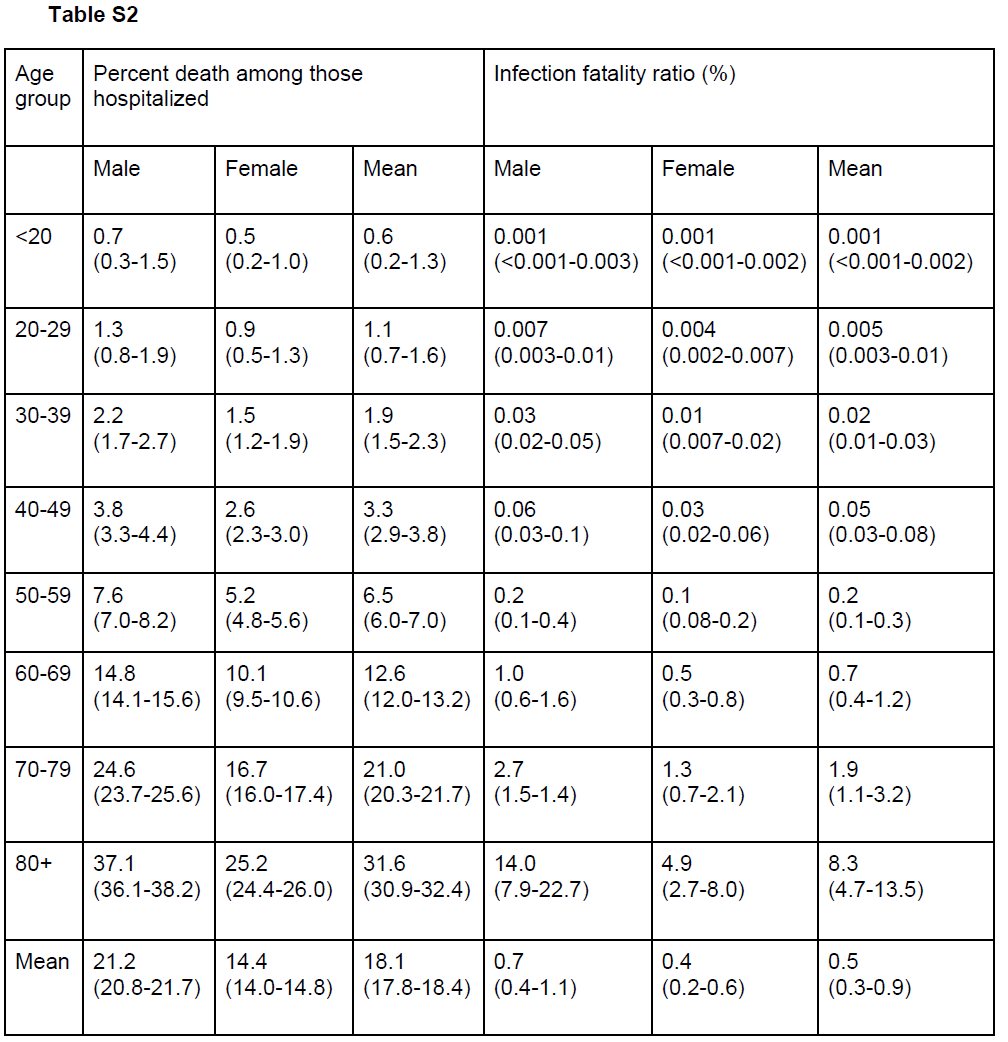
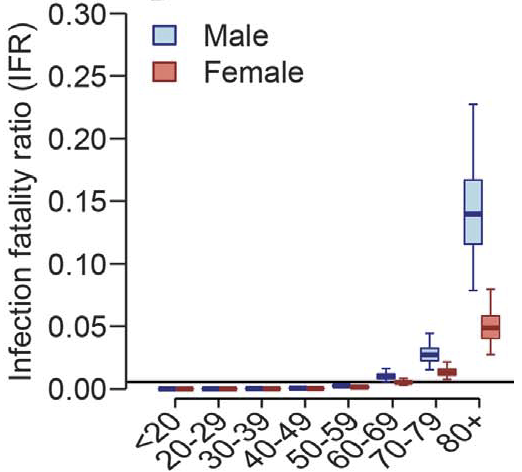
*=Based on serology.
Pastor (Spain): medrxiv.org/content/10.110…
Ward (England):
imperial.ac.uk/media/imperial…
Other refs above
(Note: 0's for young ages can't be plotted on log graph)
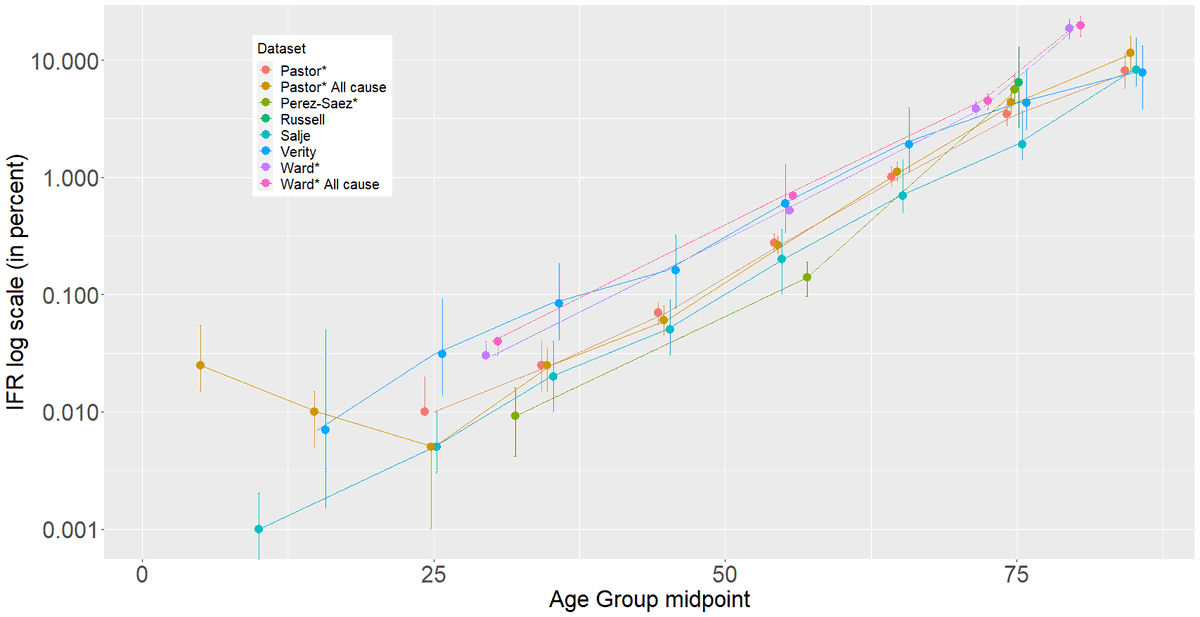
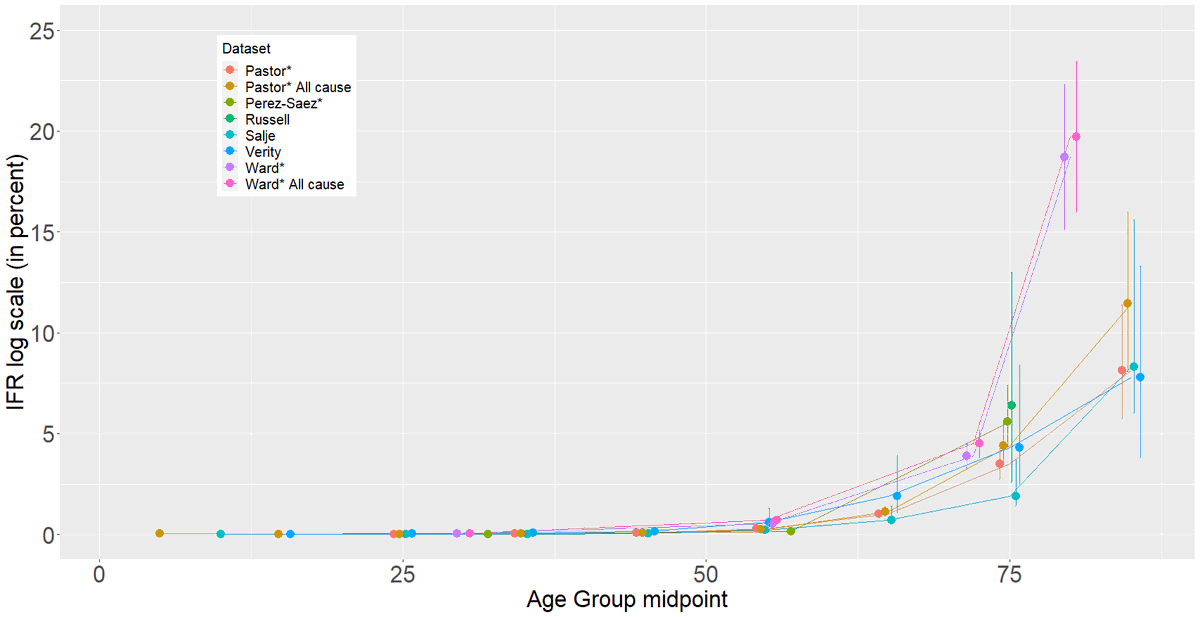
Wide range of values across studies, but most deaths in >60yr & most studies lump multiple older decades. Please split by decades at least & show frac of total pop in age bin. Variation among IFR for oldest could be *entirely* due to more/less 80s/90s.

